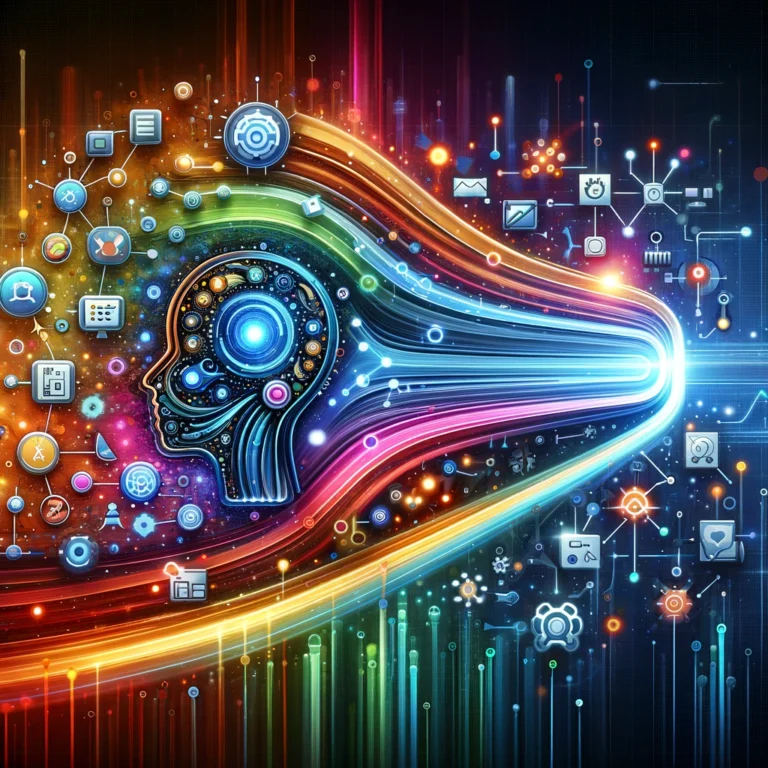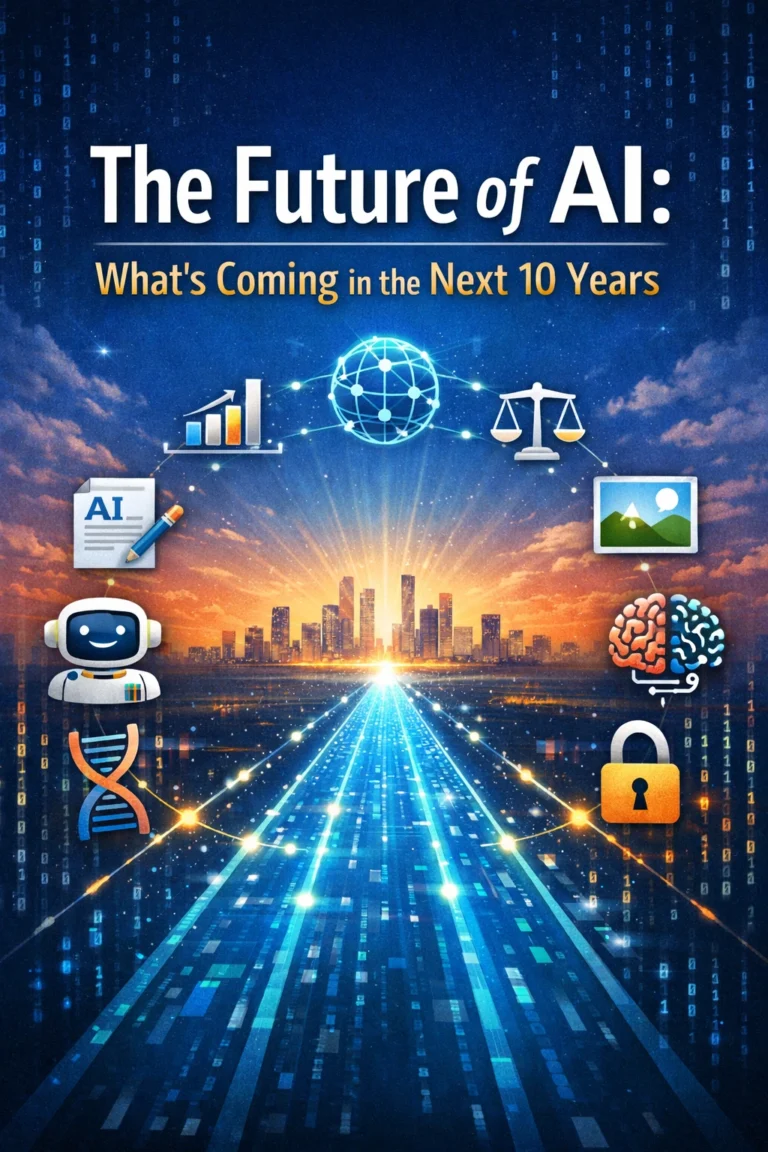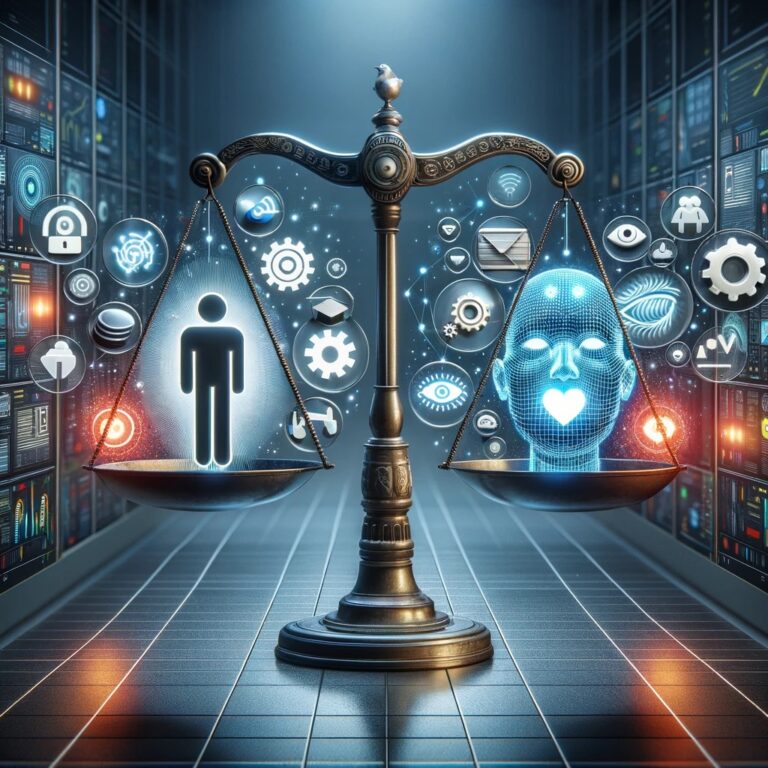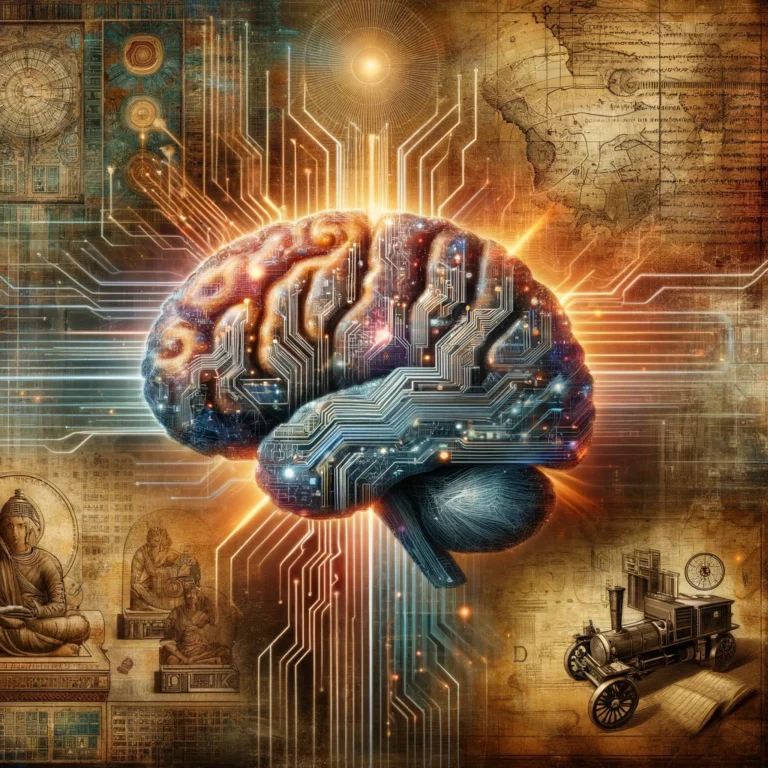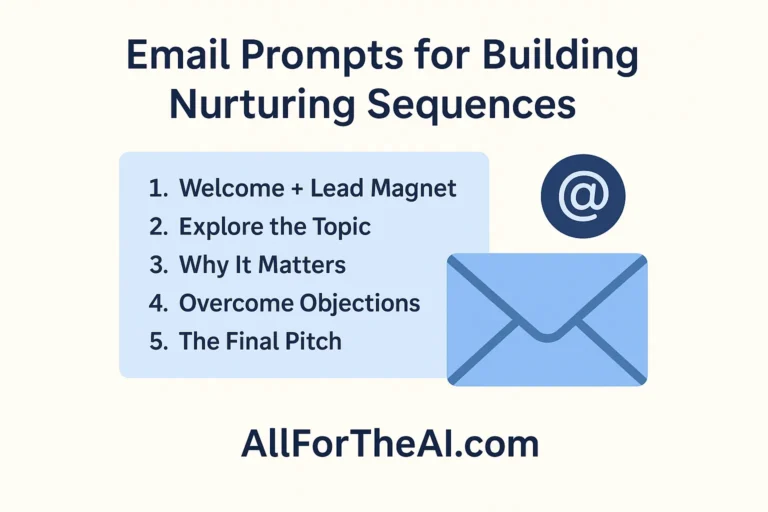Mastering Machine Perception in AI: Unveiling the Future

The importance of AI and machine perception in today’s world cannot be overstated. These technologies drive the backbone of numerous modern conveniences and innovations, from the smartphones in our pockets to the autonomous vehicles on our roads. They are pivotal in healthcare for diagnostics and patient care, in retail for customer service and inventory management, and in manufacturing for quality control and automation, among others. The ability of AI to process and analyze vast quantities of data surpasses human capability, offering unparalleled efficiency and insights across various sectors.
1. Artificial Intelligence (AI) and Machine Perception: Shaping the Future
Artificial Intelligence (AI) is like teaching computers to think and learn like humans. Machine perception helps these computers understand the world using sensory data, similar to how we use our senses.
AI and machine perception are crucial today because they power many things we use daily, like smartphones and self-driving cars. They help doctors diagnose diseases, improve customer service in stores, and make factories run more efficiently. AI can analyze massive amounts of data much faster than humans, making it incredibly powerful.
As we move into a future shaped by AI, it’s important to understand how it can solve big problems and make our lives better. However, we also need to address concerns about ethics, privacy, and security to use AI responsibly.
2. The Evolution of AI

The Beginning (1940s–1950s)
AI started in the mid-20th century when scientists like Alan Turing began exploring the idea of machine intelligence. The Turing Test, proposed by Turing in 1950, is still a fundamental concept in AI.
The Golden Years (1956–1974)
In 1956, the term “Artificial Intelligence” was officially introduced. Early AI programs were developed, capable of solving math problems and learning languages.
AI Winters (1974–1980, 1987–1993)
AI faced periods of reduced interest and funding due to unmet expectations. Despite these setbacks, important foundational work continued.
The Rise of Machine Learning (1980s–2000s)
The 1980s saw the introduction of machine learning algorithms, allowing AI to learn from data. This led to significant advancements in recognizing patterns and making predictions.
The Era of Deep Learning (2010s–Present)
Deep learning, inspired by the human brain, has driven recent AI breakthroughs. With powerful computers and more data, AI can now achieve amazing feats, like understanding natural language and driving cars.
AI’s journey shows how our understanding of intelligence has evolved, leading to machines that can think and learn like us. As AI continues to grow, it promises to unlock new possibilities in science, medicine, and daily life.
3. Fundamentals of Machine Perception
Machine perception is a key part of AI, allowing computers to interpret the world through sensory data. It’s like giving computers the ability to see, hear, and feel.
Key Components
• Sensors: These collect raw data, like cameras capturing images.
• Data Processing: Algorithms analyze this data to recognize patterns and make sense of it.
Comparison with Human Perception
Humans process sensory data with consciousness, influenced by emotions and experiences. Machines, however, process data objectively and can handle much more data faster than humans.
Advantages and Limitations
Machines can work in conditions humans can’t and never get tired, but they lack the adaptability and contextual understanding humans have.
Understanding machine perception helps us see how AI systems can perform complex tasks, like recognizing faces or navigating autonomously.
4. Technologies Behind Machine Perception
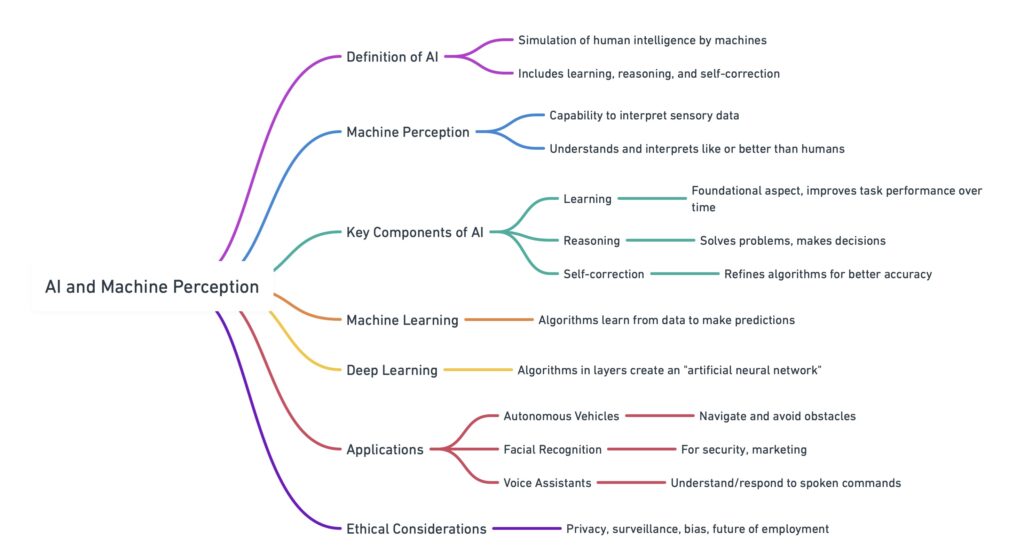
Machine perception relies on various technologies to gather and analyze data.
Sensors and Data Acquisition
Sensors collect data from the environment. Cameras capture images for computer vision, and microphones record audio for speech recognition.
Data Processing and Analysis
• Computer Vision: Helps machines understand visual data.
• Natural Language Processing (NLP): Enables machines to understand and generate human language.
• Signal Processing: Analyzes audio and other signals.
• Machine Learning and Neural Networks: Learn from data to improve accuracy.
Integration and Decision-Making
AI systems combine different sensory inputs and make decisions based on this data, similar to how humans do.
These technologies allow machines to interpret the world, driving advancements in various fields.
5. Applications of Machine Perception

Machine perception has real-world applications across many industries.
Automotive Industry
Self-driving cars use machine perception to navigate and make decisions, aiming for safer and more efficient transportation.
Healthcare
AI helps doctors diagnose diseases by analyzing medical images and monitoring patients’ health through wearable devices.
Manufacturing
AI improves quality control by inspecting products faster and more accurately than humans.
Agriculture
Drones and AI analyze crop health and optimize farming practices, leading to better yields and sustainability.
Retail and E-Commerce
AI personalizes shopping experiences and manages inventory efficiently.
Security and Surveillance
AI enhances security by monitoring and detecting threats in real-time.
Environmental Monitoring
AI tracks environmental changes, helping address climate issues.
Entertainment and Media
AI creates immersive experiences in video games and movies.
Machine perception impacts many aspects of our lives, offering innovative solutions and improving human capabilities.
6. Challenges and Ethical Considerations
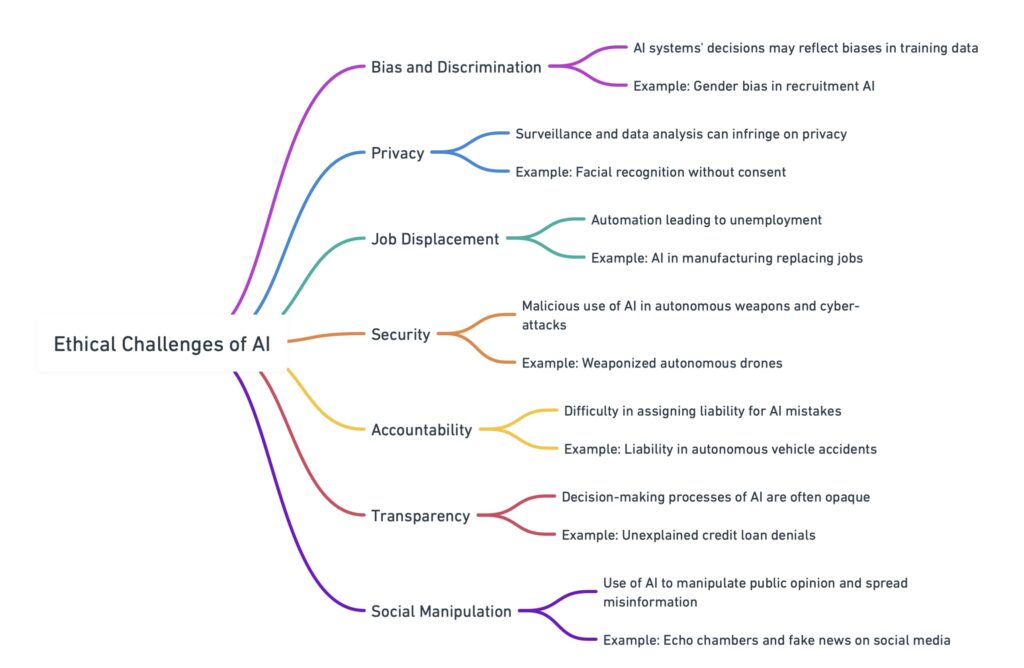
Integrating AI and machine perception raises challenges and ethical issues.
Technical Challenges
• Data Quality and Bias: Ensuring fair and diverse data is crucial.
• Interpretability and Transparency: Understanding AI decision-making processes is important for accountability.
• Robustness and Security: Protecting AI systems from manipulation and attacks is essential.
Ethical Considerations
• Privacy: Balancing data collection with privacy rights is key.
• Autonomy and Human Agency: AI should enhance human decision-making, not replace it.
• Equity and Access: Ensuring everyone benefits from AI is important.
• Impact on Employment: Addressing job displacement due to automation is necessary.
Regulatory Frameworks
Creating guidelines to oversee AI use is essential for ethical development.
Addressing these challenges ensures AI benefits society while safeguarding against potential harms.
7. The Future of AI and Machine Perception

The future of AI and machine perception promises exciting advancements.
Integrated Multi-Sensory Perception
Future AI will integrate multiple sensory inputs, enhancing its understanding and interaction with the world.
Advancements in Neural Network Architectures
More sophisticated neural networks will push AI capabilities further.
Explainable AI (XAI)
Making AI decision-making processes transparent will build trust and support adoption in critical areas.
Ethical AI Development
Developing AI ethically will be a priority, addressing privacy, bias, and societal impact.
Augmented Human Capabilities
AI will enhance human abilities, improving access to information and decision-making.
Predictive and Proactive Systems
AI will predict future events and act proactively, offering anticipatory solutions.
Seamless Human-Machine Interfaces
More intuitive interfaces will make interacting with AI easier and more integrated into daily life.
The future of AI holds transformative potential, requiring a balance between technological advancement and ethical considerations.
8. Conclusion
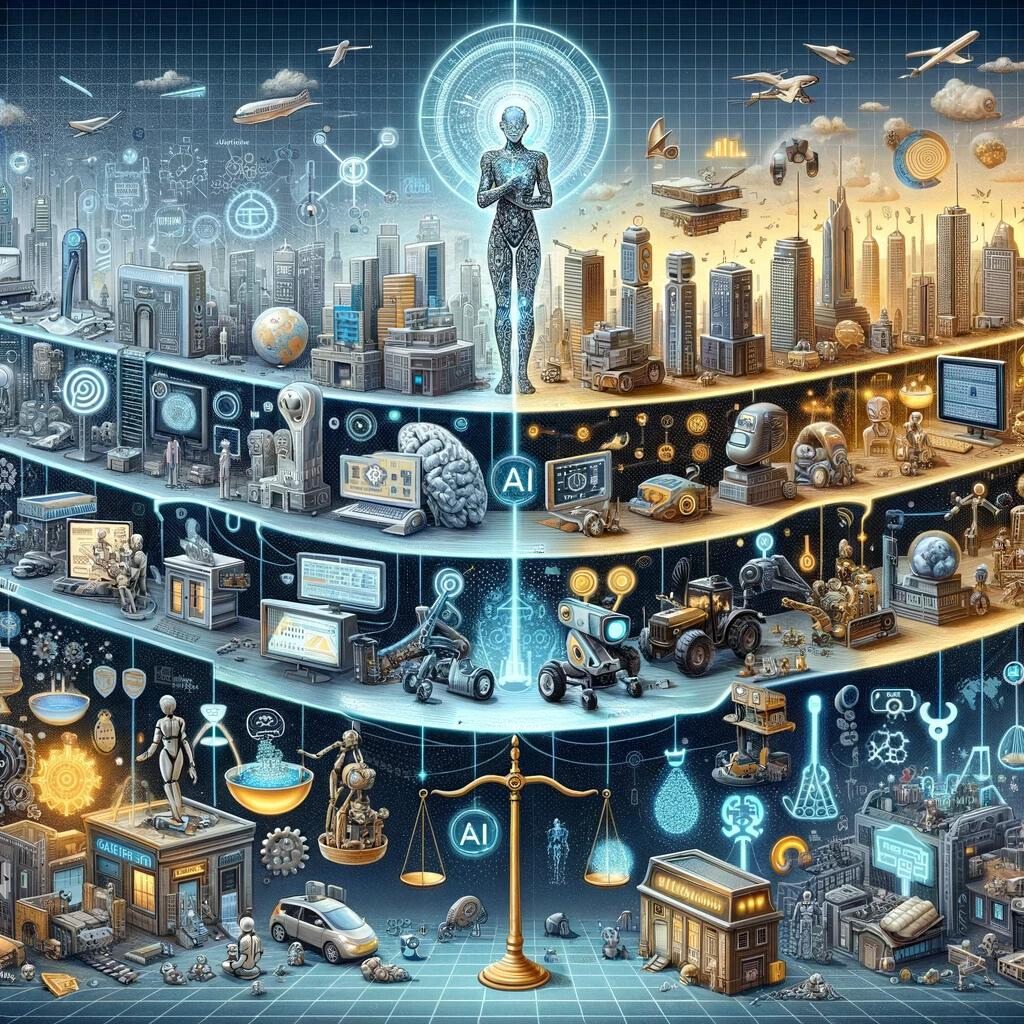
AI and machine perception have evolved significantly, impacting various sectors and enhancing human life.
As we look to the future, addressing ethical and practical challenges will be key to ensuring AI benefits everyone.
By fostering collaboration and responsible development, we can harness AI’s potential while safeguarding against potential harms, creating a future where technology and humanity thrive together.
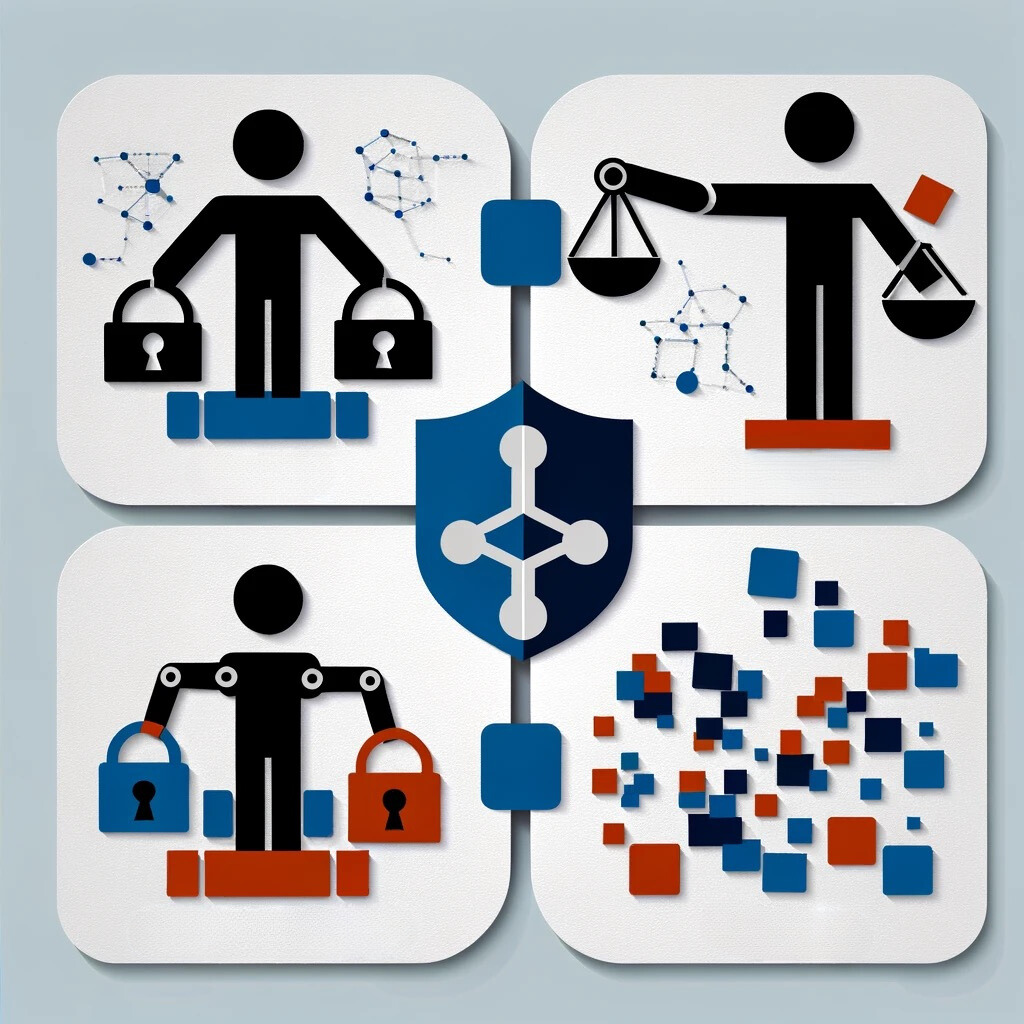
1. What are the key milestones in AI’s journey towards developing machine perception?
The journey includes symbolic AI, the rise of machine learning, and the advent of deep learning.
• Example: AlphaGo’s victory in Go demonstrated deep learning’s complex strategic capabilities.
2. How has AI’s historical development influenced its current capabilities in machine perception?
Progression from simple algorithms to complex neural networks.
• Example: Siri’s natural language processing illustrates advanced speech recognition.
3. Can you provide examples of breakthrough AI applications in real-world scenarios?
AI in healthcare, autonomous vehicles, and retail.
• Example: Amazon’s personalized recommendations based on customer behavior analysis.
4. What advancements have been made in computer vision from basic image processing to AI-driven analysis?
Progress from basic facial recognition to sophisticated image categorization.
• Example: Google Photos’ AI-driven image organization and categorization.
5. How have neural networks and deep learning impacted the field of computer vision?
CNNs revolutionized image retrieval, and deep learning advanced surveillance.
• Example: Real-time anomaly detection in crowds using deep learning algorithms.
6. What are some notable case studies demonstrating the application of computer vision in healthcare and autonomous vehicles?
IBM Watson in oncology and Waymo’s self-driving cars.
• Example: Waymo’s autonomous navigation using sensory data processing.
7. What are the significant breakthroughs in AI’s machine perception capabilities?
Evolution from pattern recognition to deep learning neural networks.
• Example: Advanced facial recognition technologies in security systems.
8. How has deep learning influenced the accuracy of machine perception?
Deep learning has enhanced accuracy in interpreting complex sensory data.
• Example: Voice assistants’ improved understanding of human speech nuances.
9. What role does AI play in early disease detection and diagnosis in healthcare?
AI analyzes medical images for early anomaly detection.
• Example: AI systems identifying cancerous cells in medical imaging.
10. How are autonomous vehicles utilizing AI for navigation and safety?
AI processes sensory data for real-time navigation decisions.
• Example: Tesla’s Autopilot system interpreting road conditions and traffic.
11. What future trends are anticipated in AI-driven computer vision?
Integration with AR/VR and other AI domains.
• Example: AI in AR for immersive educational experiences.
12. How is ethical responsibility being addressed in AI advancements?
Focus on privacy, fairness, and transparency in AI systems.
• Example: Development of AI ethics guidelines by tech companies.
13. How has speech recognition technology evolved in AI?
From recognizing limited vocabularies to understanding diverse languages.
• Example: Real-time language translation apps using AI.
14. What challenges exist in achieving nuanced, multilingual speech recognition?
Difficulty in handling dialects, accents, and idiomatic expressions.
• Example: Voice assistants struggling with regional accents.
15. What are the societal implications of advancements in speech recognition?
Potential transformation of communication, education, and workplace settings.
• Example: Use of voice-activated technology in smart homes.
16. How is Cognitive AI transforming interactions between technology and humans?
By integrating emotional intelligence for more empathetic responses.
• Example: AI customer service bots responding to emotional cues.
17. What are the applications of Cognitive AI across various industries?
In healthcare for holistic care, in retail for customer experience, and in finance for fraud detection.
• Example: AI advisors providing personalized financial advice.
18. What is the future trajectory of Cognitive AI development?
Anticipated deeper integration in everyday devices and societal challenge solutions.
• Example: AI tutors offering personalized learning experiences.
19. How are ethical dilemmas like privacy and AI-driven unemployment being tackled?
Developing frameworks that prioritize human rights and welfare.
• Example: Policies for responsible AI use in workplaces.
20. What is the role of public education in shaping AI’s future?
Crucial for informed discourse and preparing the workforce for an AI-driven future.
• Example: Educational programs focusing on AI literacy and ethics.



